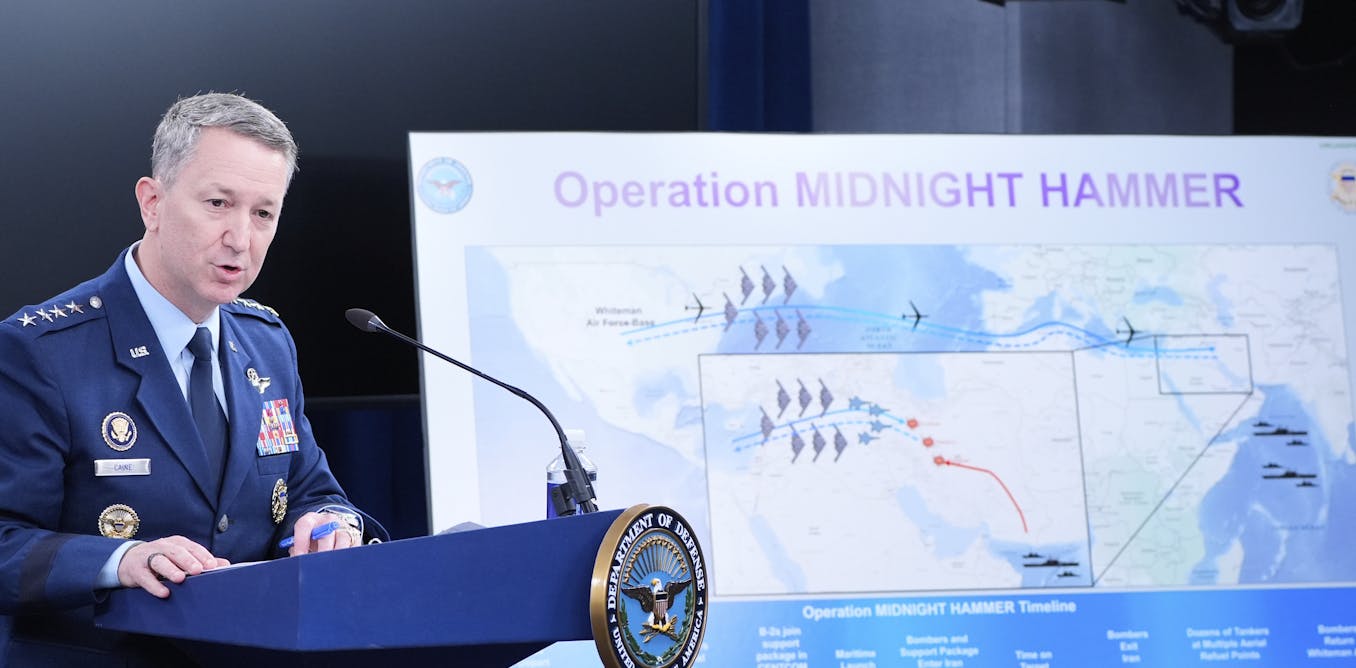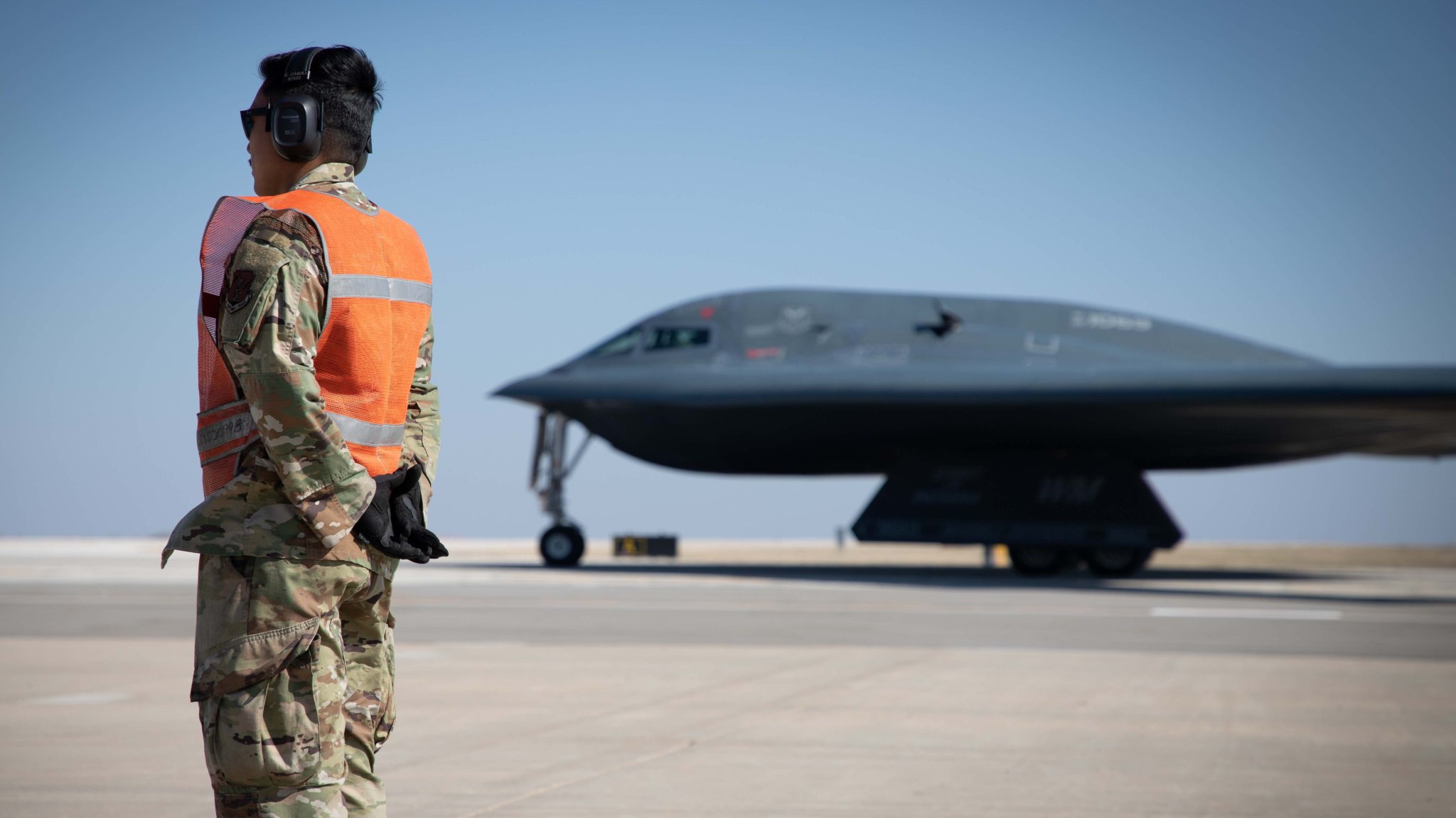Following the spectacular US military action, codenamed “Operation Midnight Hammer,” which saw B-2 stealth bombers deploy massive GBU-57 “bunker buster” bombs against Iran’s deeply buried nuclear facilities, a fierce debate erupted over the mission’s true impact. Public claims from the executive branch boasted of complete obliteration of Iran’s nuclear capabilities, suggesting a definitive end to the threat. Yet, this triumphal narrative was immediately contested by leaked classified intelligence assessments that soberly suggested the setback would last mere months, not years. The stark contradiction exposes the inherent difficulty in measuring the success of strikes against a sophisticated, redundant, and highly secretive program. Ultimately, determining the actual damage to sites like Fordow and Natanz is less about counting destroyed centrifuges and more about grappling with the deeper questions of knowledge, deception, and political intent in the shadows of a nuclear standoff.
The Anatomy of Operation Midnight Hammer
The coordinated military action against key Iranian nuclear sites, which included Natanz, the deeply buried Fordow Uranium Enrichment Plant, and facilities at Isfahan, represented an extraordinary logistical and technological undertaking. This was not a conventional air raid but a surgical strike designed to target facilities protected by tons of rock and concrete, requiring years of planning and specialized ordnance.

The mission relied heavily on the deployment of the GBU-57 Massive Ordnance Penetrator (MOP), a 30,000-pound precision-guided munition unique to the US military and deliverable only by the B-2 Spirit stealth bomber. These “bunker buster” bombs were specifically designed to defeat deeply buried targets like the centrifuge halls at Fordow, which are situated estimatedly 80 to 90 meters underground. The use of the MOP, alongside Tomahawk cruise missiles targeting tunnels and support facilities, aimed to deliver a shock that would either breach the hardened facilities or use massive shockwaves to destroy the delicate, vibration-sensitive gas centrifuges inside. The complexity of the operation highlighted a capability only a select few nations possess, making the claims of success all the more powerful on the global stage.
The Contested Damage Assessment
In the immediate aftermath of the strikes, the narrative split drastically, leading to what became known as the intelligence riddle. Official statements asserted “extremely severe damage and destruction,” with some political leaders claiming the program had been “completely and totally obliterated.” These public declarations served a clear political purpose: to project overwhelming force and assure both domestic and allied audiences of a decisive military victory against a long-standing threat. This was the maximum leverage desired by the administration.
However, a conflicting assessment quickly emerged from within the intelligence community, specifically from leaked reports attributed to the Defense Intelligence Agency (DIA). These classified analyses reportedly disputed the notion of permanent destruction, suggesting that while the strikes inflicted real, significant physical damage, they would only set Iran’s enrichment capabilities back by a matter of months, possibly less than six. This discrepancy highlights the enduring tension between the optimistic, often exaggerated, claims of political figures and the cautious, reality-bound analysis of intelligence professionals who must grapple with incomplete evidence. The true extent of the damage remains obscured by a curtain of strategic ambiguity and political spin, a common feature in high-stakes military action.
The Subterranean Challenge and the Fog of War

A significant reason for the difficulty in assessing the damage lies in the nature of the targets themselves. Iran’s primary enrichment facilities were deliberately constructed deep underground and sometimes inside mountains, specifically to survive aerial attacks. The success of “bunker buster” technology is highly dependent on precise delivery, the geological composition of the target area, and the facility’s internal resilience against shock and vibration—factors that are impossible to verify fully from the air.
While satellite imagery can confirm debris patterns, bomb craters, and recovery efforts at the surface, it cannot definitively gauge the destruction of equipment buried dozens of meters below. Furthermore, measuring the effects of a bombing campaign is rarely straightforward because adversaries rapidly adapt. Iran’s program was built with redundancy in mind, anticipating such an attack and reportedly moving nuclear materials away from the sites before the strike. The regime may also be deliberately conducting deception operations, such as feigning extensive repair efforts or concealing the movement of nuclear materials. The lack of reliable on-the-ground inspections immediately following the strike means much of the damage assessment relies on inference rather than verified fact.
Knowledge is the True Defense
Perhaps the most crucial factor complicating the assessment is the distinction between destroying physical infrastructure and eliminating nuclear knowledge. While the US may have managed to collapse tunnels or destroy thousands of centrifuges at Natanz and Fordow, it cannot bomb an idea, nor can it erase the decades of technical expertise accumulated by thousands of Iranian scientists and technicians.
The Iranian nuclear program has fostered an entire generation of experts who understand the nuclear fuel cycle and possess the ability to rebuild what was damaged, potentially with improved resilience and new designs. Experts agree that the strikes have not eliminated Iran’s breakout knowledge—the intrinsic capacity to build a weapon if the political decision is made. Furthermore, Iran’s nuclear complex is sprawling and includes many additional, smaller sites that were not hit by the airstrikes, built with redundancy specifically to survive such a scenario. Focusing too much on the fate of the “big three” risks ignoring the broader, persistent reality: Iran retains the technical capability to move toward a nuclear weapon within a year, even after the most devastating physical strikes.
The Strategic Consequence of Uncertainty
The enduring uncertainty over the damage has profound consequences for future policy. If the damage was truly minimal, it could embolden hardliners in Tehran who argue that only a full nuclear deterrent can protect the country from further strikes, potentially accelerating the pursuit of a weapon. If the damage was indeed catastrophic, it gives diplomatic channels more time, but only if the US and its allies can credibly maintain the deterrent threat. This ambiguity inherently complicates diplomatic efforts.
The ambiguity inherent in intelligence assessments, coupled with the political imperative to claim success, often traps policymakers in a feedback loop. A final bomb damage assessment is notoriously difficult to achieve in real-time, especially against a secretive and non-compliant regime. Without verified, independent inspection and monitoring, the debate over the program’s true status will continue to rely on incomplete evidence, political spin, and strategic assumptions, making a coherent diplomatic strategy increasingly difficult to forge. Ultimately, the question is less about the weight of the bombs dropped and more about whether the action altered Iran’s political calculus for the long term.




